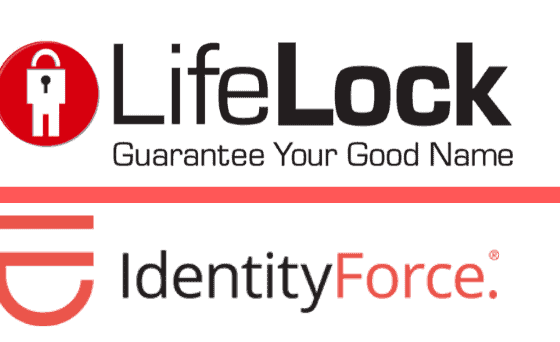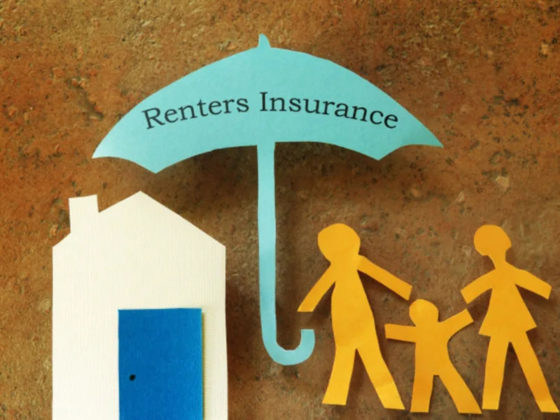Shortly after Hurricane Sandy tormented the East Coast causing massive flood damage, a new federal law dictating flood insurance premium rates was set to take effect. Under the bill, home flood insurance premiums were set to increase dramatically. Furthermore, the law sets rules for the rebuilding of homes affected by flooding so that they are more difficult and often more expensive.
The families and individuals that were affected by Hurricane Sandy are the first group of people to see the downfalls of the new law that has already taken affect. Flood insurance premiums have the ability to rise to upwards of $30,000 for an annual rate. This leaves many of these families questioning if it is even worth rebuilding or repairing their homes because of the higher standards and specifications set out by the new law. This problem exacerbates one of the main issues before the storm even struck. Many families and individuals do not even know the high amount of risk they are in even if they pay their flood insurance premiums. They are not aware that their insurance will not pay for the new specifications to be completed. This includes some of the repairs and the additional cost to raising homes above the base flood elevation level.
Using New York as an example for the incomplete use of flood elevation maps, the Empire State has not done anything to rectify the problem between homes built before the first flood maps were developed. In New York’s case, the first flood map was designed in 1974. Thus, this leads to families not paying the actual flood insurance rate. Instead, the rates are heavily subsidized because the maps are not completely utilized by Federal Emergency Management Agency. In other cases, the maps are outdated and do not reflect the actual danger some of the homes are in.
The new flood maps that are being developed in relation to this new law are taking some residents by surprise. They are going to see their premiums rise dramatically. For families to try and limit the amount their rates rise, they are going to have to either move away or attempt to change the elevation of their homes. Changing the elevation of a residency is not an easy task. Raising a home only a couple of feet higher can cost over $100,000. However, some homes are easier to boost higher than others. Homes that are built on slab foundations have a distinct disadvantage when attempting to get above the base flood elevation level and it can cost them tens of thousands of dollars more.
Perhaps the most unfortunate thing about the rising home flood insurance premiums is that a lot of families are going to be forced to boost up their homes. They will literally have no other choice than moving out altogether. For most families, an increase of $30,000 to their annual rate will be financially out of reach. The amount it costs for repair and elevation change pales to the small amount insurance companies are willing to pay out for construction costs. Most companies typically offer an additional $30,000 for the costs of raising a home’s base elevation under the new law. However, if this would only cover the additional increase to the family’s annual premium the family would have to pay for construction out of pocket.
In some areas the government is beginning to implement programs called community development block grants. This would allow homes to be bought at their market values before the disaster has struck. This would provide some relief for families that find they cannot support the additional costs to their insurance premiums that come with reconstruction under the implementation of the new law. However, many do not believe these programs will be able to handle the full amount of people who are affected by these types of natural disasters without some relief in their annual premiums.





